LAND & MARINE USE PLAN WORKING UPDATE

FOR QUW’UTSUN MUSTIMUHW MAY 2024
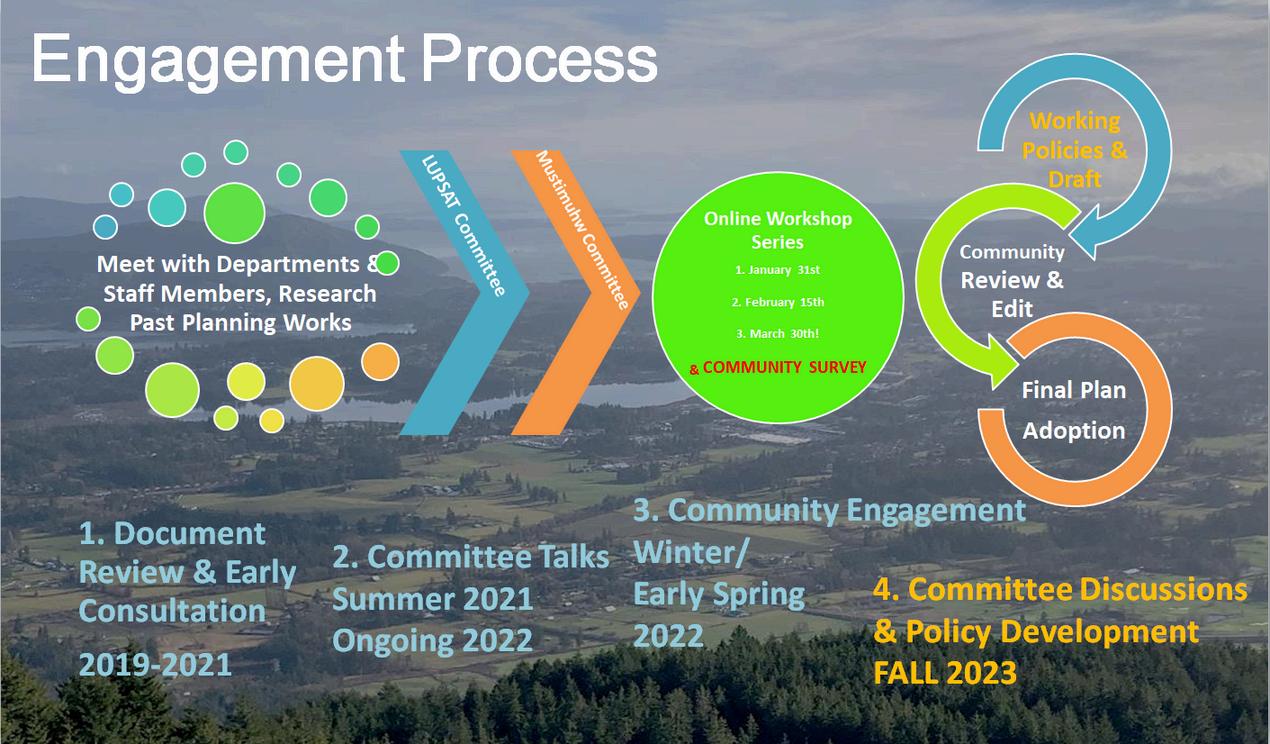


The Hul’q’umi’num’ Dictionary definition of Tumuhw [√tumuhw] is earth, ground and includes land, marine, air, and water. It is also defined under the Qu’wutsun Tumuhw (2019) (Land Code) as any portion of a reserve that is subject to this Quw’utsun Tumuhw under Section 5 of the Quw’utsun Tumuhw. The scope of the project includes Quw'utsun Territory and enforcement on Reserve lands.
TUMUHW
TUMUHW GUIDES US
This document recognizes that the Quw’utsun Tumuhw (Land Code) and the Financial Administration Law are the primary laws governing Cowichan Tribes.
WHAT’S HAPPENING?
Lulumexun obtained funding to complete this work in 2019 following the ratification of the Quw’utsun Tumuhw through the First Nations Land Management Resource Center.
The Land and Marine Use Plan will be, governed by the 2019 Quw’utsun Tumuhw, will serve as a guiding, long-term document for the Chief and Council, mustimuhw, and staff.

Its purpose is to provide a consistent, interdepartmental framework for policies and plans related to land use in Quw’utsun territory.


nuts’amaat shqwaluwun
“People working together with one mind respectfully”
Yath ch ‘o’ lhq’il’
“Be positive”
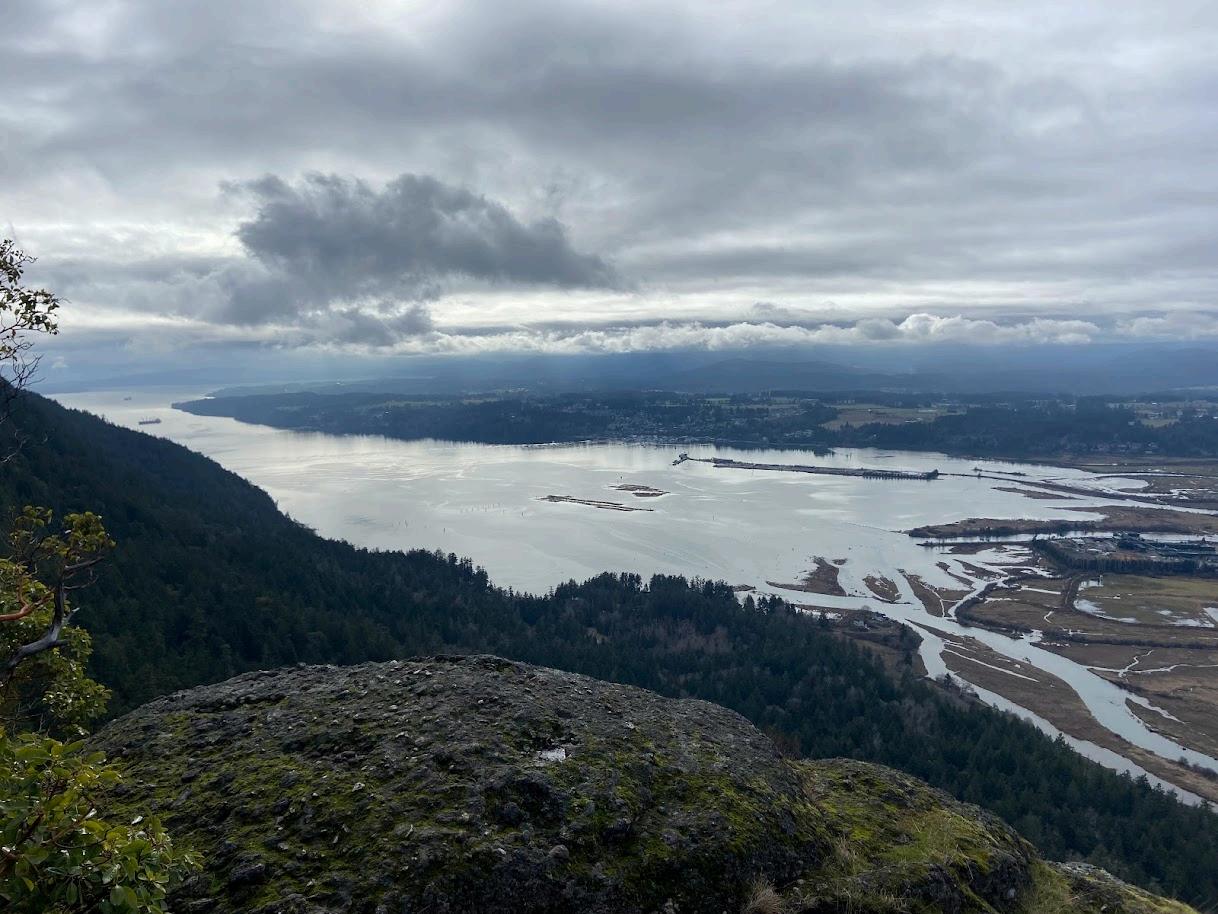
DRAFT DIRECTIONS & POLICIES
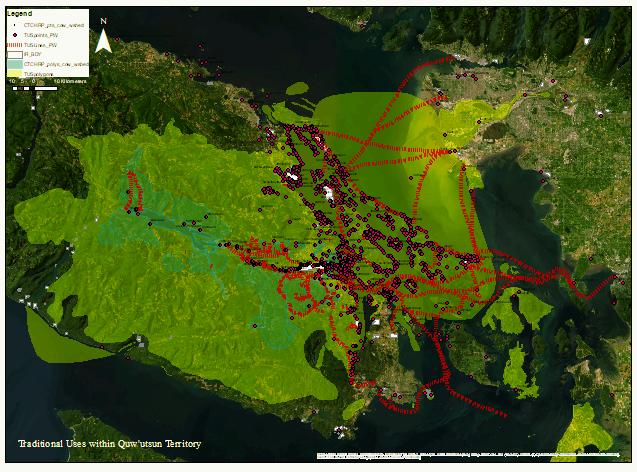



KEY THOUGHTS ON THIS PATH

OUR HEALING JOURNEY RECOGNIZES THE LOSS OF OUR MANY TRADITIONAL VILLAGES AND CULTURAL CONNECTION TO TUMUHW BROUGHT ABOUT BY COLONIZATION AND THE CREATION OF 9 RESERVES
TO HEAL, WE WILL PLAN AHEAD AND EMBRACE A FUTURE WHERE OUR CHILDREN WILL PROTECT TUMUHW AND OUR TERRITORY

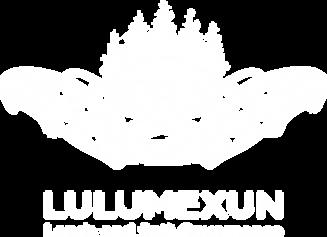
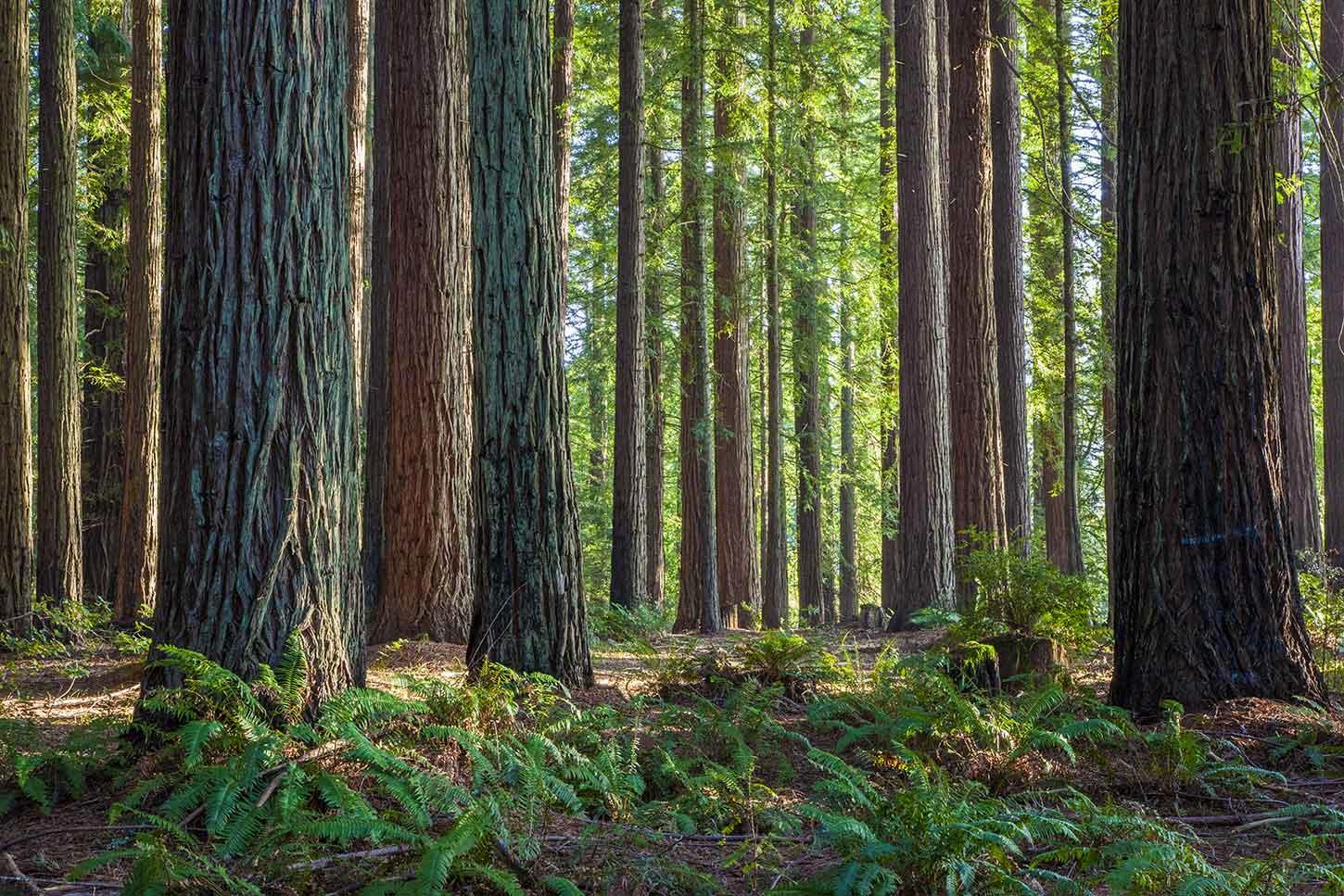

12 WAYS WE STAND TOGETHER
12 WAYS WE STAND TOGETHER
2. Plan for Land & Marine Emergency Response
3. Secure Land & Marine Food Systems
4. Build our Nation for Future Generations
5. Invest in Safety and Compassion
1. Be Transparent & Celebrate Success
12. Reconnect to Tumuhw
11. Preserve our Language & Traditions

10. Decolonize Our Land
6. Our Villages are Efficient & Complete
7. Improve Our Health & Wellbeing
9. Protect Land, Air & Water Ecosystems
8. Plan for Climate Change

1. BE TRANSPARENT & CELEBRATE SUCCESS
1. Adopt a Constitution and planning tools to help make informed land use decisions
Support the well-being of elders, who are cared for and respected si’emstuhw
2. Collaborate with other jurisdictions to support our goals
3. Apply for United Nations Declaration on the Rights of Indigenous P
4. Ensure use of T and instills com
5. Seek transparen leadership (i.e. p minutes)
7.
6. Invest settleme for future gener carbon offset cr
Be honest and tru Lhq’il ch ‘u
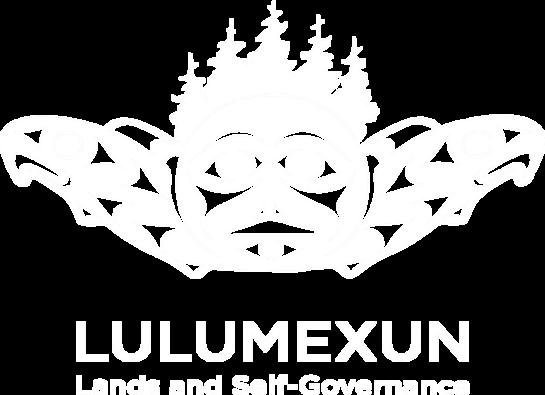
q
2. PLAN FOR LAND & MARINE EMERGENCY RESPONSE
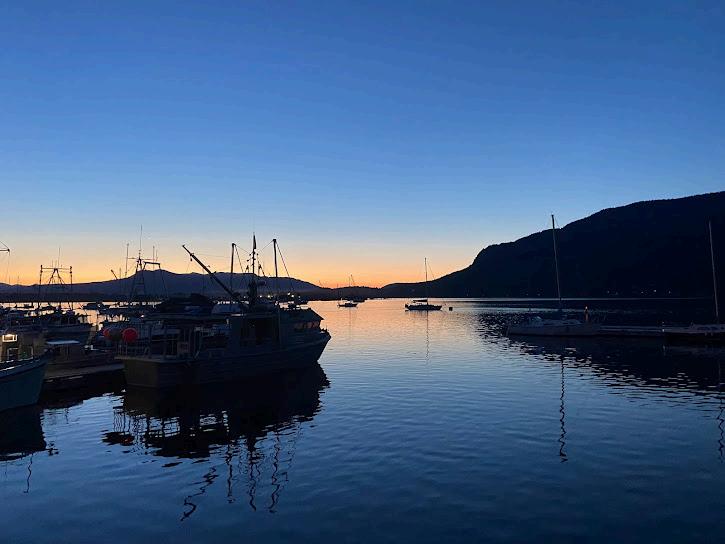
We are the Indigenous voice for ensuring protection of traditional foods, cultural resources, and freshwater for emergency response in Quw'utsun Territory . 1. Develop a legal framework with other jurisdictions to define operations and funding needs to ensure environmental protection during emergencies. 2.
Our Tumuhw Environmental Emergency Response team is well-equipped with quality, insured equipment, trained staff, and the capacity to be first responders to environmental emergencies 3. Cowichan membe appreciate our Em both life safety an 4. Partner with othe regional vision and that equally suppo safety for future g 5.
Live in Harmony with Nature
To’mukw’ ‘i’ ‘u tumuhw ’i’ ‘o’ la’lumutul tst

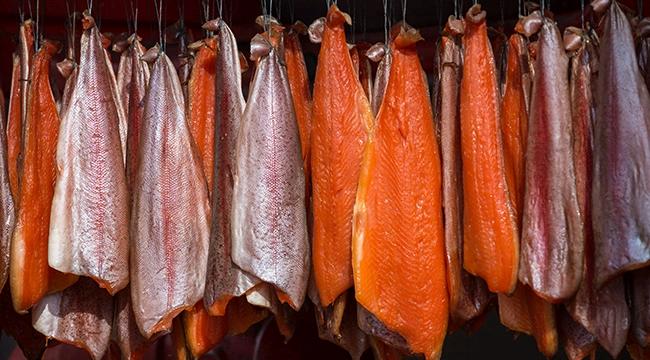
3. SECURE LAND & MARINE FOOD SYSTEMS
Our lands will feed our membership for future generations 1. Our food security programs will provide technology, employment, and long-term opportunities for mustimuhw 2.
We are producing food, building food security, and choosing our traditi l i d ld 3. Invest in our scho traditional and m 4. Ensure best pract management, pro 5. Strive for no net l Cowichan Territo 6. Employ land-use and traditional fo 7.
Everything in nat Hiiye'yutul t

tu
4. BUILD OUR NATION FOR FUTURE GENERATIONS
Create more business and employment opportunities for youth, elders, and those seeking new careers.
1. Partner with those who further our sustainable use of Tumuhw
2. Explore economic development models based on blue/green economies that are sustainable
3. Develop creative financial and investment policies that ensure the sustain leasing, carbon-of other incentives.
4. Provide members literacy support
5. Developments on sustainable develo
6. When developing revenue streams f IPCAs, and carbon 7. Take respo Ha ch ts-tamut

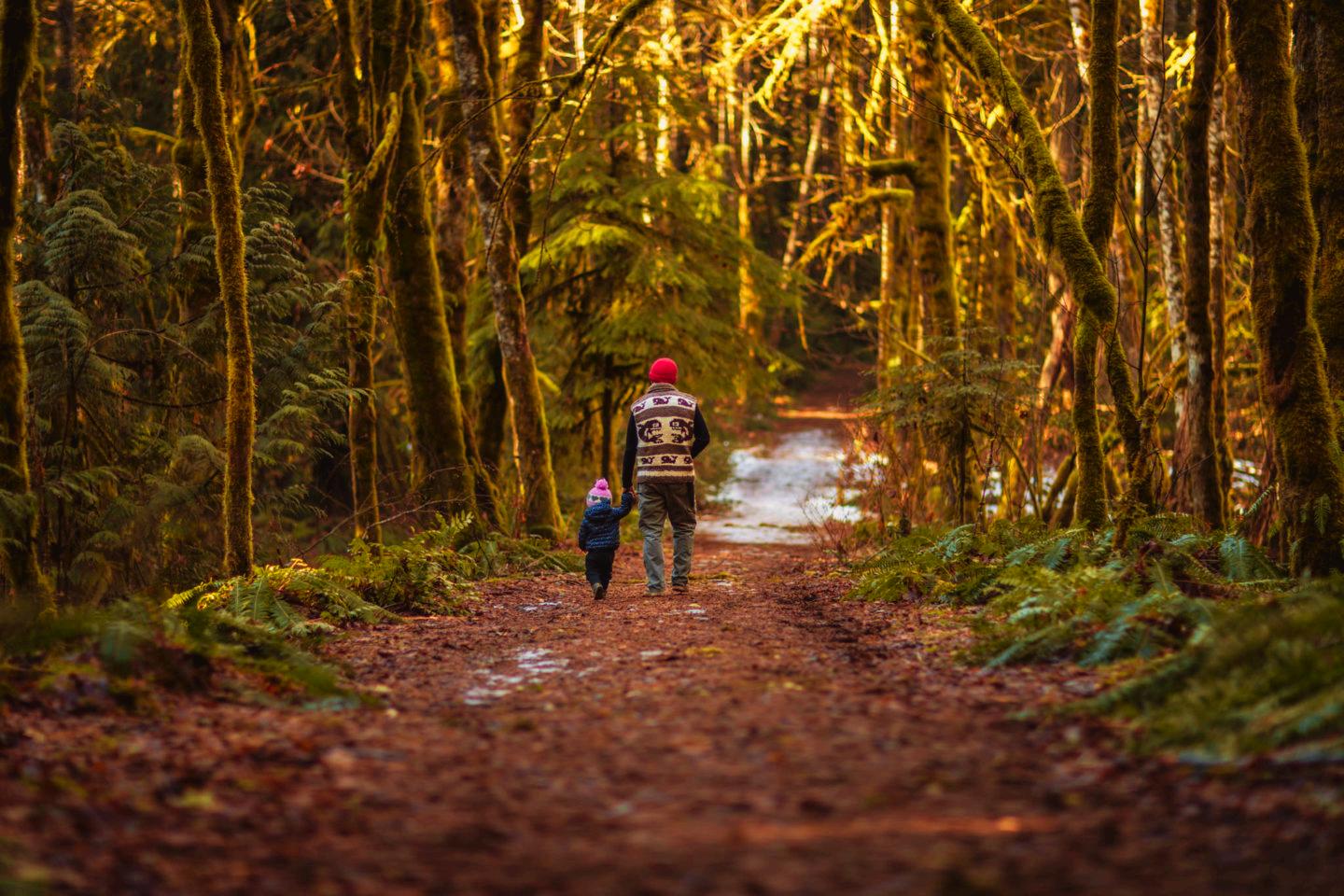
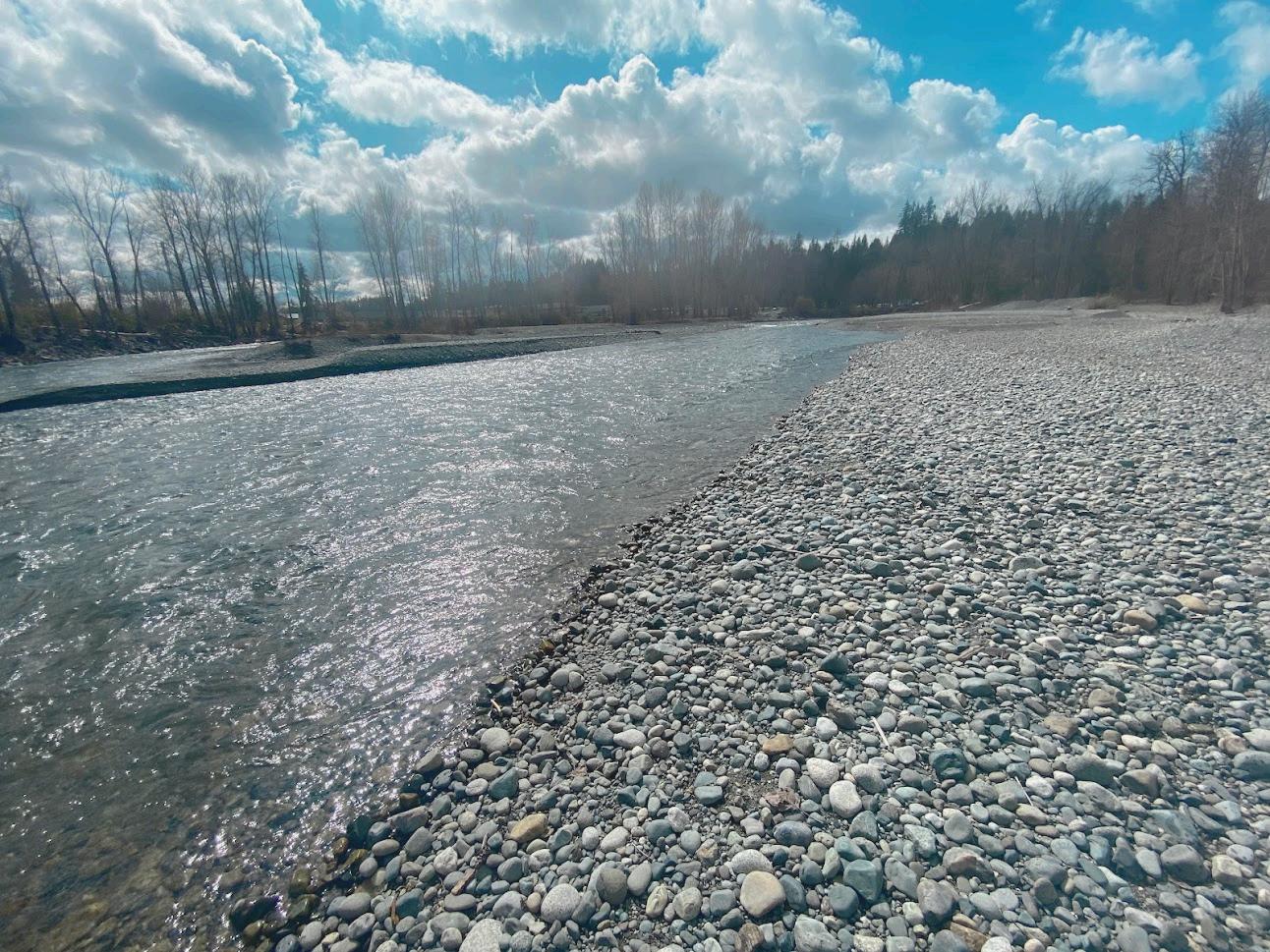
5. INVEST IN SAFETY AND COMPASSION
Develop laws to enforce land and marine use infractions.
1. Require a Crime Prevention through Environmental Design (CPTED) lens with all new developments and address all high-risk crime areas immediately 2.
Seek regular community input from me b safety issues, well-being, and overall ri Cowichan Tribes 3.
4. Increase support for our enforcement t including capacity for land and marine g
6.
Support sports, cultural programs, and confidence and leadership-building opp
5. Adopt an organization-wide Code of C develop programs that ensure a safe an community free from violence, bullying and toxic relationships.
Work together to protect each other, a community and natural resources safe 7. Tl’i’ to’ mukw’ mustimuhw Each person is important

6. OUR VILLAGES ARE EFFICIENT AND COMPLETE

Plan and build complete villages, that are affordable, energy-efficient, and sustainable for future generations 1. Adopt consistent processes, laws, and conditions of development approval that protect tumuhw
2. Our housing is efficient, adequate, and respectful for members at different stages of life.
3. Our land use designations help to improve quality of life, community safety, housing, and environmental protection, guiding how and where community and private lands are developed.
4. Our cultural and natural resources are secure, enhanced, and remediated during development
5. We obtain benefits for our community with new development applications or when lease interests are approved. 6.
Community engagement, snuw‘uy’ulh, and or ratification will inform Council decisions on land use. 7.
8.
Plan our villages for, and with our children and elders.
Take care of the earth and take only what you need
Hwial'asmut tu tumuhw

7. IMPROVE OUR HEALTH & WELLBEING
Focus on our core issues related to mental health, addictions, and homelessness.
1. Mental health is associated with our connection to Tumuhw -noting land, air and water. 2. Create revenue streams that are dedicated to our health and well-being 3. Ensure that we can “age in place” 4. Support land use and programs that allow all ages to flourish at hom environments 5. Promote walking of transit for hea reduces stress an life 6. Prioritize our ba healthy homes, t facilities, program 7.
Take ca Hwial'asm

8. PLAN FOR CLIMATE CHANGE
We will be carbon neutral by 2050.
1. Our climate-resilient villages protect Tumuhw, secure water, and traditional food systems.
2. We provide options for those who live in the floodplain to relocate.
3. We plan ahead for climate resilience every day versus being reactive when disaster strikes.
6.
7.
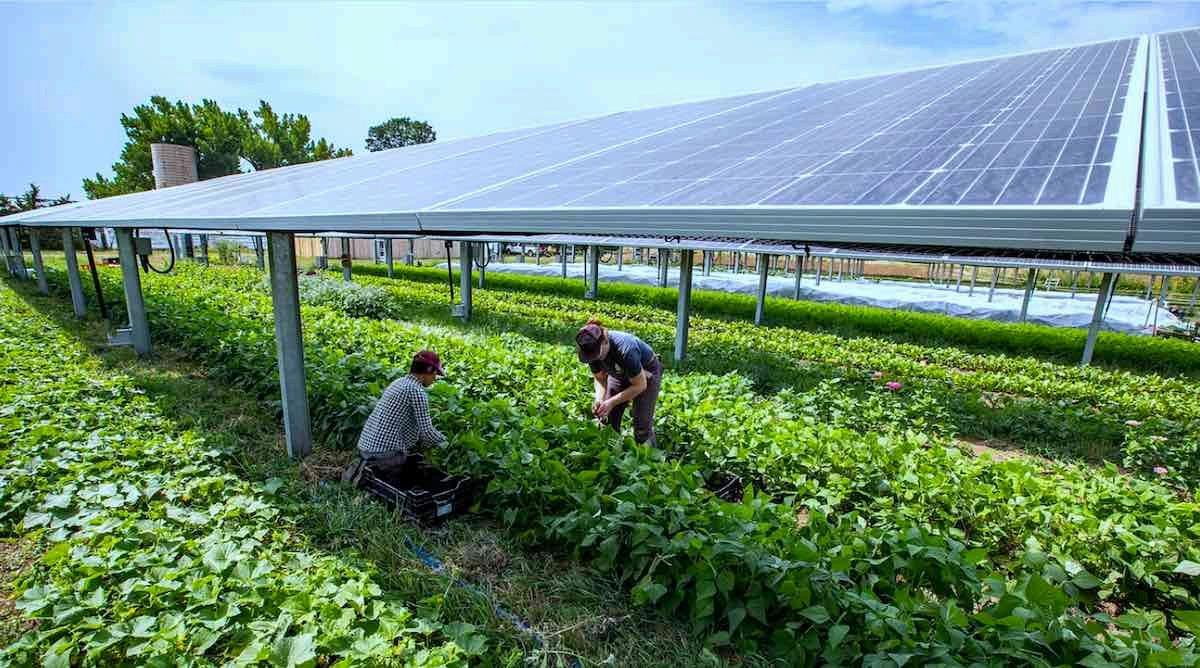
4. We teach our pre-colonial ways of resilience. 5.
Our future growth includes education, a climatefocused asset management system, investment in energy-efficient infrastructure, mobility options, and avoiding sprawl.
We encourage our families to retrofit their homes and properties to be more climate-resilient and energyefficient.
We will develop a regional vision and strategy for climate adaptation with our neighboring jurisdictions. 8. Conduct baseline assessments, monitoring, and evaluation of cumulative effects and impacts on Tumuhw. 9.
10.
Provide incentives and require all future Cowichan Tribes businesses to be carbon neutral.
Live in Harmony with Nature
To’mukw’ ‘i’ ‘u tumuhw ’i’ ‘o’ la’lumutul tst
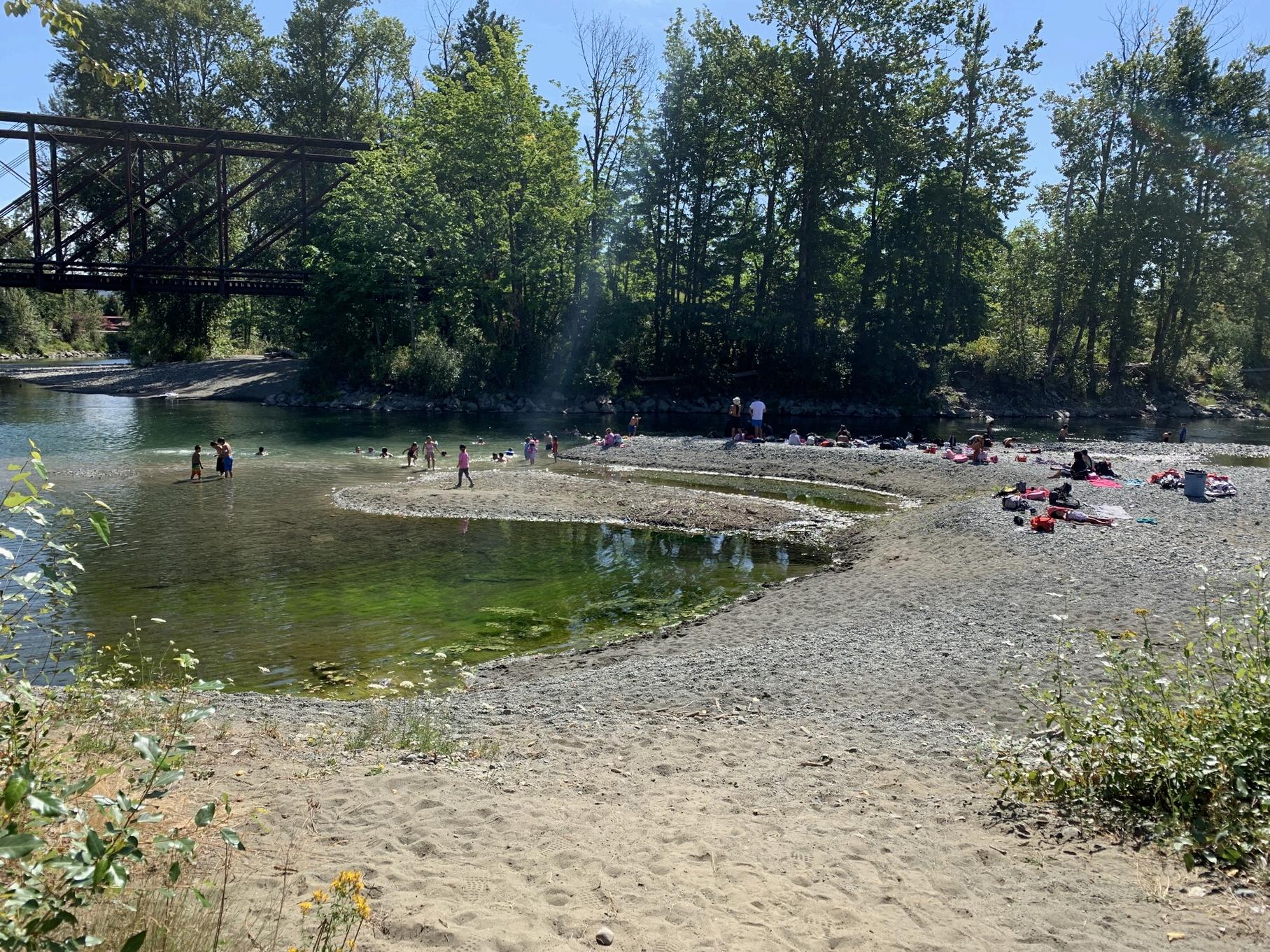
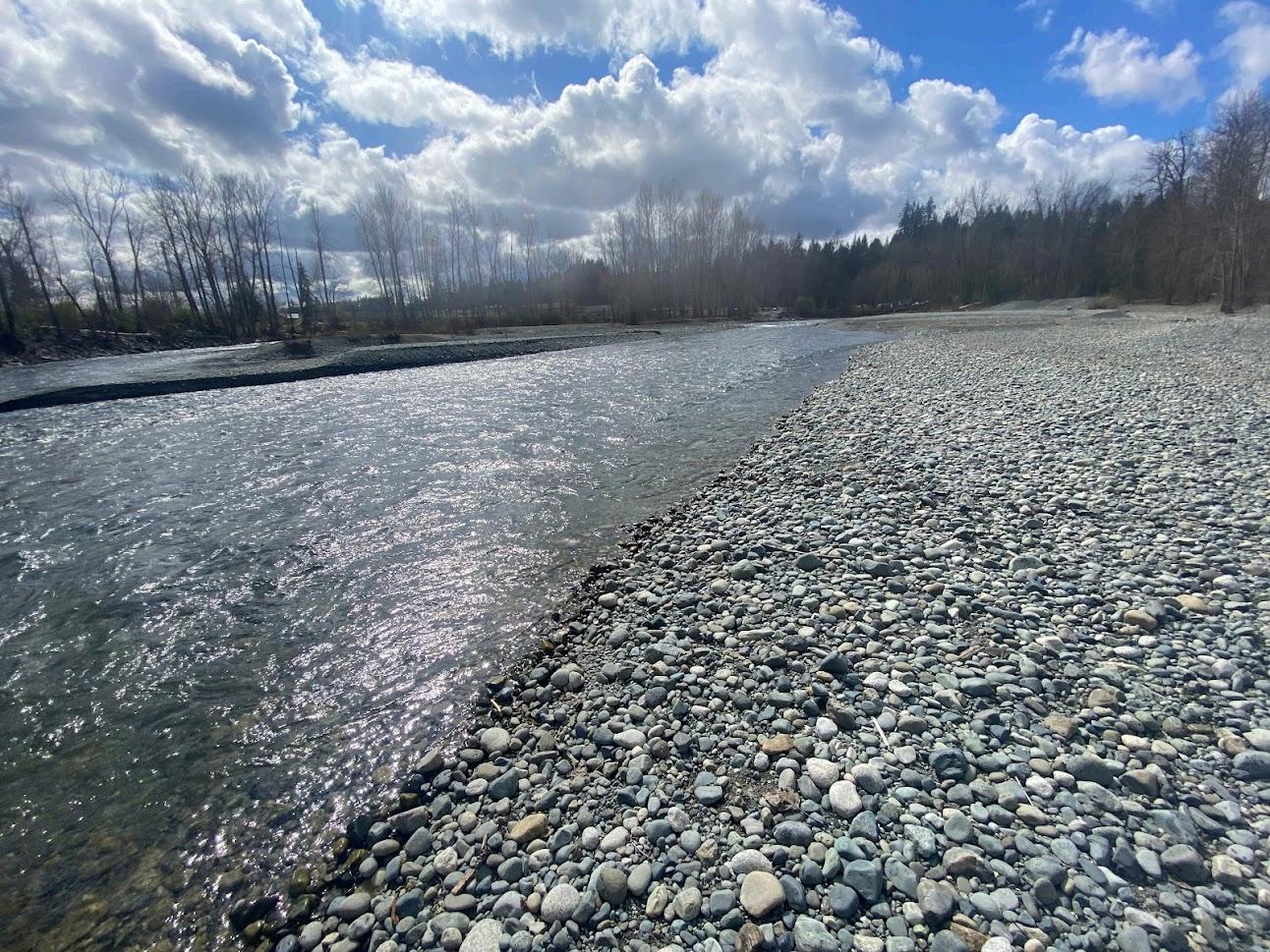
9. PROTECT AIR, LAND & WATER ECOSYSTEMS

An environmental lens is continually used to manage and protect our aquifers, watersheds, rivers, floodplains, and natural resources. 1. We will invest in and implement policies, laws, and enforcement tools to protect our land and marine resources for future generations 2. Ensure community engagement, and elder feedback when evaluating impacts from land and marine use. 3.
Plan with timelines and the seasons in mind 4. Ensure staff and qualified, and we decision-making 5. Invest in capacit ecosystem data monitoring, and 6. Establish progra knowledge, and 7.
Take care of the e Hwial’a

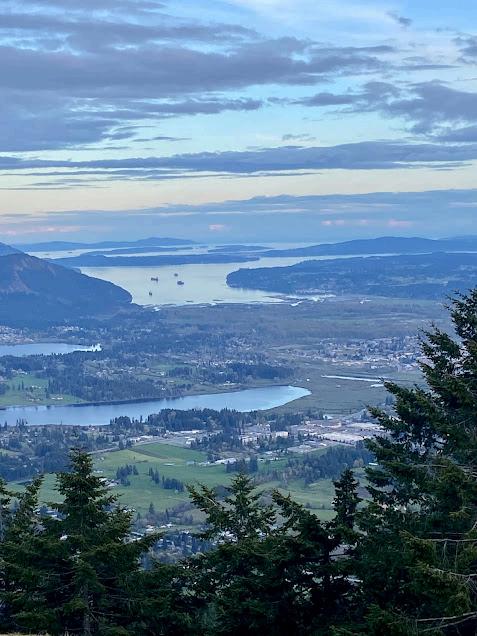
10. DECOLONIZE OUR LAND
Revive our villages, ensuring our traditional ways are employed when we develop and manage our lands 1. Support village healing, by providing familialbased advisory powers and a revenue stream to plan and develop village areas harmoniously 2.
Develop policy and a set of criteria for transparent and priority land 1) located out of t or culturally signifi and 3) serving com 4) economic develo the community. 3.
Develop a policy use, sale, or leas 4.
Embrace and pla live on reserve 5.
Respect th

TTl’tul’atul’tst

11. PRESERVE OUR LANGUAGE & TRADITIONS
Be accountable to snuwy’ulh 1. Respect familial perspectives and embrace those who have knowledge. 2. Our land use protects traditional use areas, significant ecosystems access points and key travel routes 3. Explore how p today 4. Invest in tools, our data collec 5. Re-establish o spiritual, physi 6. Share our cultu 7.
H Stsielhs

12. RECONNECT TO TUMUHW
StrengthenourconnectiontoTumuhw1. Lookforwardaminimumof100years2. Considerfuturegenerationsforlanduse.3. ManageTumuhwfromthecoreoftheearthupto thesky 4. Supportinter-ju Supportourrec goals 5.


Live in To’mukw ‘i’ ‘o
NEXT STEPS
THESE ARE WORKING POLICY DIRECTIONS THAT WILL FORM THE UPCOMING DRAFT PLAN





























